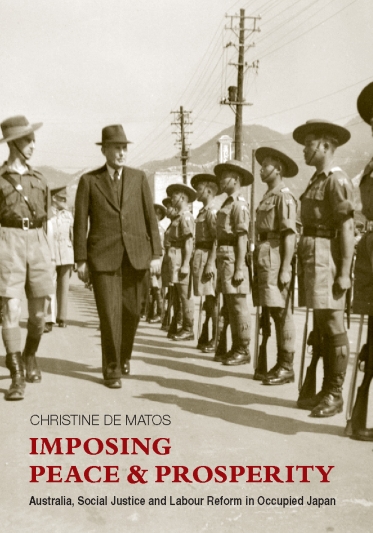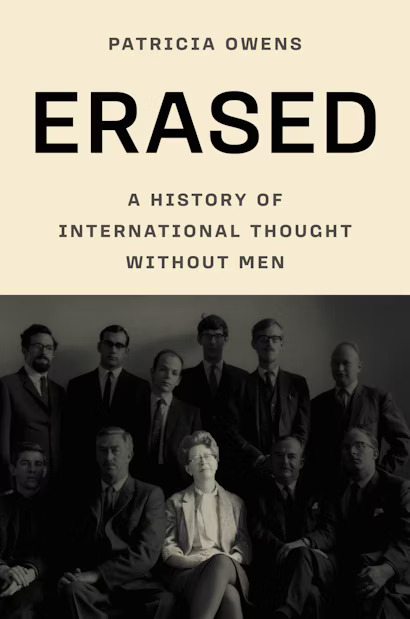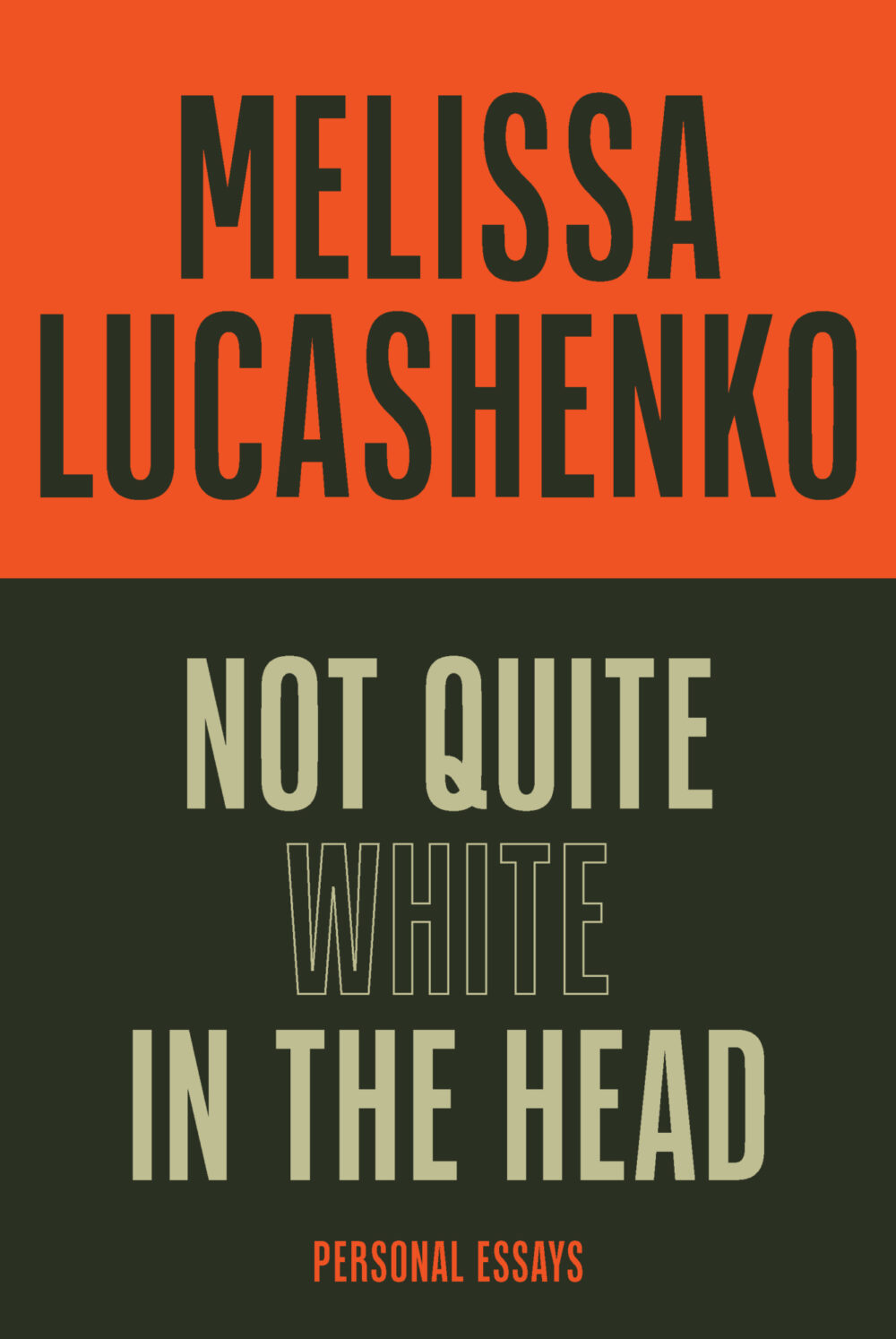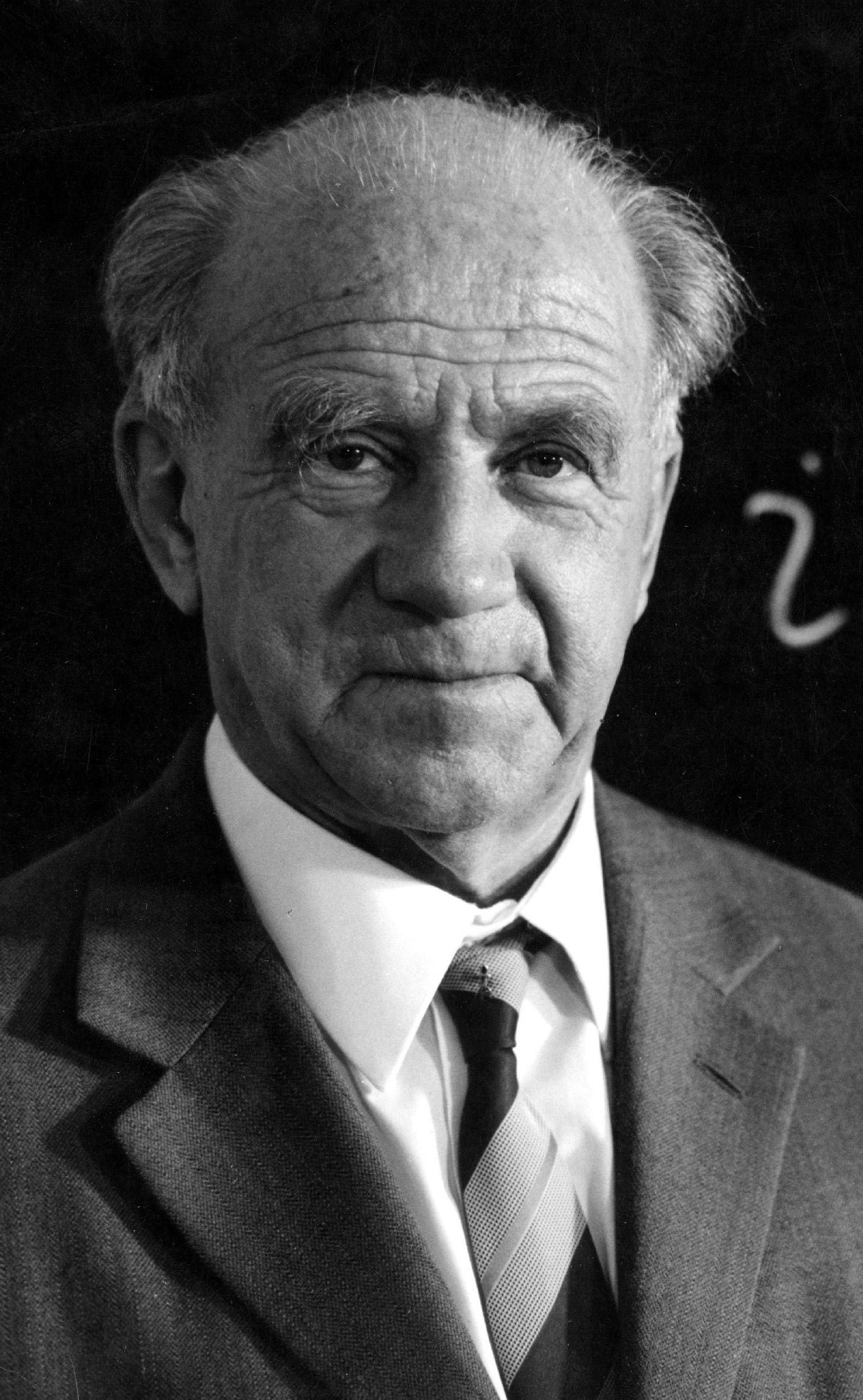Imposing Peace and Prosperity: Australia, Social justice and Labour reform in occupied Japan
Australian Scholarly Publishing, $39.95 pb, 427 pp
Historical trajectories
In 2004, the year after the US-led invasion of Iraq, Stefan Halper, a senior diplomat who had served Republican administrations from Nixon to Reagan, published America Alone: The Neo-Conservatives and the Global Order, a celebrated and scathing critique of the neo-conservative influence on George W. Bush’s foreign policy. It was different after World War II, thought Halper, when US forces were welcomed as liberators. The occupations of Germany and Japan became models of what could be achieved. It is a theme that has found some resonance in the Obama administration.
Christine de Matos, a researcher from the University of Wollongong, who has done a masterful job in drawing together a vast collection of archival material, has a very different view of US occupation policy from that era. Grand strategy, not domestic reconstruction, was uppermost in American occupation planning. The spectre of Soviet influence cast a long shadow over the direction of Japan’s domestic reconstruction, especially over labour reform, the subject of her work. The United States moved unilaterally to impose a system of labour relations that mirrored American institutions and practices. Unions would be modelled on American AFL-CIO ‘business unions’, with a narrow focus on wage bargaining rather than on political action. Public servants would be barred from collective action. General strikes would be, and were, banned. There would be extensive meddling in the make-up of political régimes. Links between unions and political parties were proscribed, and American authorities had little compunction in dressing down responsible cabinet ministers in the socialist-led government of Katayama Tetsu, who did not curb industrial activity. In the 1949 ‘Red Purge’, following the success of communist candidates in the national elections, US occupation authorities approved the summary dismissal of teachers and public servants.
Continue reading for only $10 per month. Subscribe and gain full access to Australian Book Review. Already a subscriber? Sign in. If you need assistance, feel free to contact us.












Leave a comment
If you are an ABR subscriber, you will need to sign in to post a comment.
If you have forgotten your sign in details, or if you receive an error message when trying to submit your comment, please email your comment (and the name of the article to which it relates) to ABR Comments. We will review your comment and, subject to approval, we will post it under your name.
Please note that all comments must be approved by ABR and comply with our Terms & Conditions.